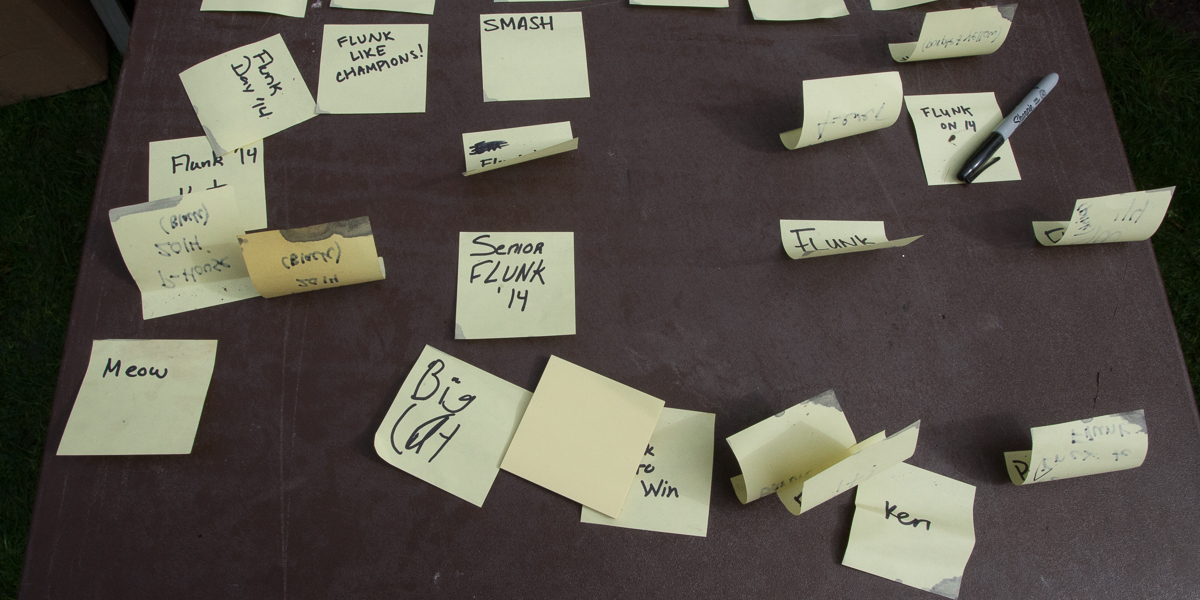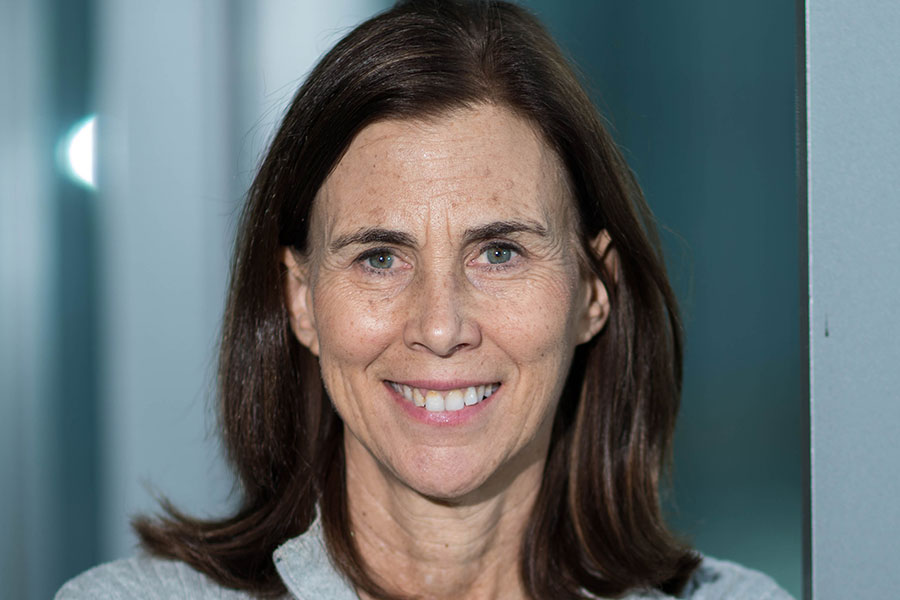Knox Stories
Michael Takeo Magruder Named First Knight Fund Distinguished Artist-in-Residence
Knox College will host its first-ever Knight Fund Distinguished Artist-in-Residence, Michael Takeo Magruder, from September 16 to September 30, 2025
Venture Boldly

Office of Communications
2 East South Street
Galesburg, IL 61401


Hello and congratulations, Class of 2021. My name is Jennifer Lippincott-Schwartz, and I'm thrilled to be receiving an honorary degree from Knox College. This has been an incredibly challenging year for all of us, where we've witnessed a quickly unfolding emergency in the form of a global pandemic that we have limited control over. With one single lockdown, it was easy to begin reflecting on life's choices and the arc of one's own career. I'd like to share some of the thoughts that occurred to me on the chance that they would be of some value to you as you launch your own careers.
My own path from undergraduate to scientist was by no means predetermined. As is probably true for many of you, I wrestled with options, particularly in a world with new uncertainties, but also new possibilities. I am now a scientist working at a scientific research institute with the most advanced equipment in the world, which I would never have imagined at the time of my graduation. So how did I end up here? I went to a small liberal arts college much like Knox, which nurtured curiosity and a culture of social activism and concern. When I graduated, unsure of how to apply what I learned, I decided to volunteer as a high school teacher in a remote village in Africa. There, I taught a wide range of sciences, but we had no textbooks or electricity. So I had to simplify concepts to be copied into students, notebooks, and improvised learning experiences, like an overnight trip to observe baboons. It was exciting, and I greatly enjoyed introducing my students to the wider world. But poverty, lack of education, and infectious diseases were all around, limiting the prospects for my students.
I became convinced that making meaningful change in the world, whatever path I pursued, would require me to obtain further education and training. I chose to become a cell biologist, a profession aimed at understanding life's intricate organization. At its most basic level, the cell which you can see here. Our entire body, from hair to skin to heart to kidney—is made up of tiny cells that consume and produce all the energy involved in driving our bodily systems. I reasoned that by understanding how cells operate and interact with each other, it might become possible to successfully ward off diseases like cancer and infections like HIV, TB, and malaria. I quickly discovered, however, that becoming a cell biologist takes years of rigorous study, both to absorb prior discoveries, and to become trained in the process of hypothesis driven research, and its sophisticated enabling technologies. Endless hours are devoted to doing experiments to study how the cell works, often with little tangible results or discoveries, whether it be due to mistakes at the bench, equipment failures, or most challenging, an erroneous hypothesis. Getting an experiment to provide a concrete conclusion is challenging. But when the experiment works, supporting a particular hypothesis or idea, especially one that was thought impossible—the moment is magical, as you're understanding something about the world for the first time.
I will share with you one such example from my own experience, both because of its scientific impact and because of its lessons in the camaraderie and serendipity of doing science. One challenge for cell biologists is to track and visualize the incredibly tiny components in the cell. In addition to DNA, which I'm sure even those of you who have not delved into biology, have read about. There are numerous other organelles critical to the functioning of cells—mitochondria, lysosomes, and a plasma reticulum. One way to track these organelles is to attach fluorescent proteins, so they glow and can be seen under the microscope. My lab was fortunate to discover a photo-switchable fluorescent protein that became visible in response to a direct beam of light. This allowed cell biologists to better study the internal dynamism of cells.
But even with this new tool, some processes could not be visualized, because they occur on a smaller scale. Even then, the wavelength of light was thought that this problem, the diffraction limit of light was unsolvable. And that's where camaraderie and serendipity come into play in my story. I attended a talk by Eric Betzig, an unemployed engineer genius from Bell Labs. Eric had been thinking intensely about our light switchable probe, because he believed it was the perfect tool to try an approach that he had proposed for breaking the resolution limit in light microscopy. At lunch after his talk, Eric laid out the idea to me that was to become photo-activated localization microscopy (PALM). All Eric needed to demonstrate the approach was our photoswitchable reagent, a place to build his microscope, and biological hands to guide its use. I agreed right away, and with a small team, we quickly began making probes and setting up his microscope in my lab’s dark room. Before long, the key experiments were performed, and we saw identifiable structures below the diffraction limit of light. It was a joyous and momentous moment proving PALM worked, and leading Eric to receive the Nobel Prize in Chemistry in 2014, at a Stockholm ceremony that we all joyfully attended.
I see a number of lessons from this emblematic experience. First, important accomplishments often are only possible through interdisciplinary cooperation. The creation of PALM-based super-resolution imaging was possible only through a combination of visionary ideas from physicists, superb configuration of instruments by engineers, unique chemical modifications by clever chemists, and implementation by ever-curious biologists.
Second, be skeptical if anyone says something is impossible. It can be the product of undue comfort with a particular view of the world, rather than remaining open to its surprising possibilities.
Third, patience is a virtue. I know everyone starting their careers is eager to make their mark. But as was true in my case, it may require years of dedication to develop the necessary expertise and sense of judgment to develop truly novel ideas.
And this leads me to my final lesson, it is important to find a career that is more than a job. I was fortunate after several false starts to land in the field of cell biology, which I find endlessly fascinating and motivating. My life continues to prove the capabilities of PALM, as well as other imaging strategies for tackling cell biological questions, including how viral particles like HIV and COVID-19, enter and exit cells. Although what I've described today is about my own life's trajectory, my sense is that these lessons can be applied to whatever course you choose. On this happy occasion. I wish you all a future with excitement and enthusiasm and hopefulness. Thank you, and congratulations.
Published on June 05, 2021